
Medical Masks for CAC Safety
A guide to medical masks as personal protective equipment during the COVID-19 epidemic
Updated March 26, 2020
Even when wearing a mask, it is still VERY important to practice distancing, hand hygiene, wiping down surfaces/handles. Here is a guide to the different kinds of medical masks and their safe usage during the epidemic to cut down on viral transmission
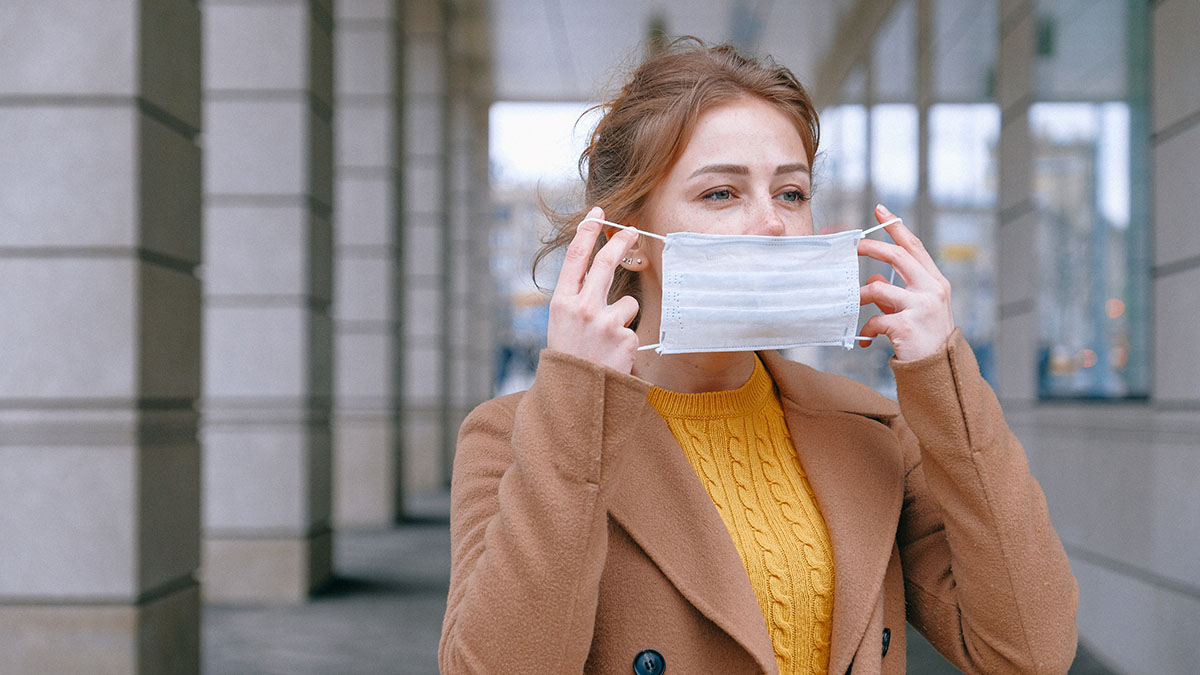
See our full medical guidance for CACs
Download a printable version of this guide
Medical masks
Medical disposable face masks are not considered “particulate filtering”, but still provide a barrier. Most effective if the person with the sick symptoms will keep a mask on to cut down on their respiratory secretions being “aerosolized” around others. Also provides a barrier for other people who must have contact with a sick person for various reasons.
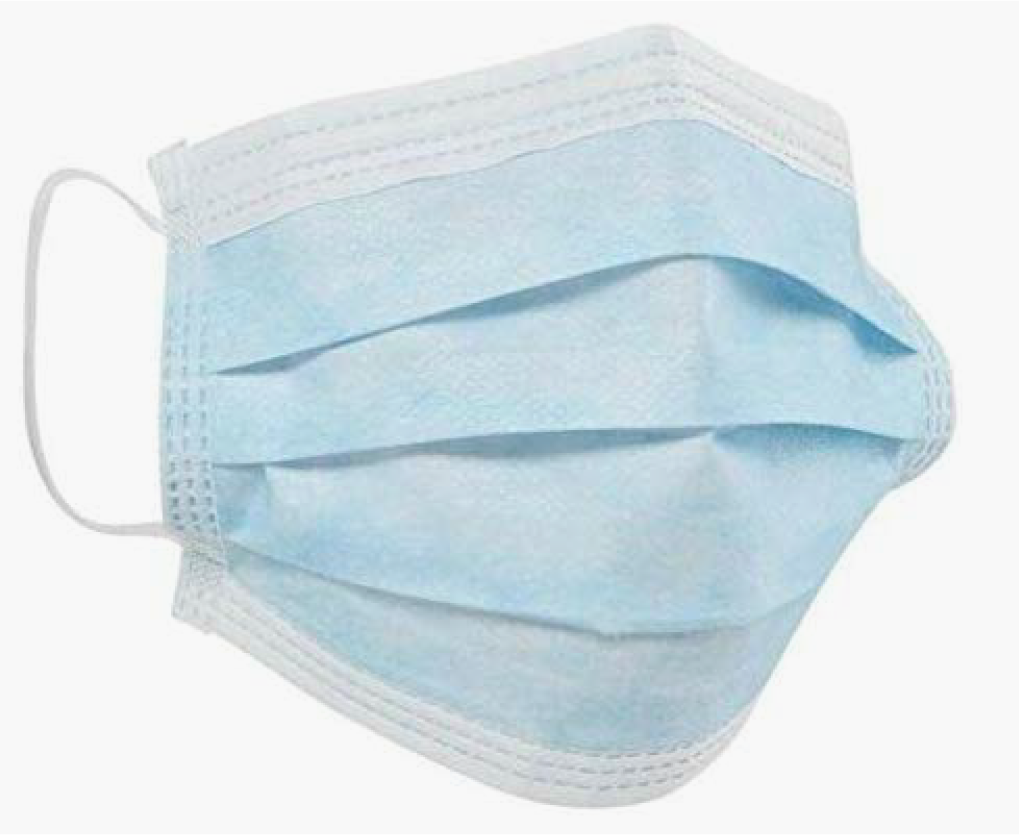 | 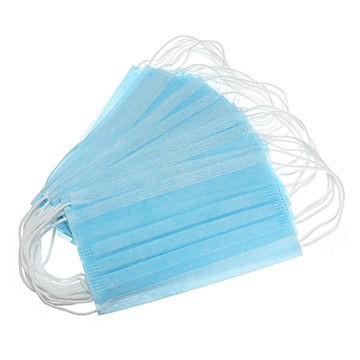 |
These masks are OK for limited reuse by the same person, but some hospitals suggest discarding after 4 hours of use/exposure. Masks are not needed unless you are in close contact with someone who might be sick or if you have your own sick symptoms (and you should not be at work if you have sick symptoms). Wearers still need to practice distancing as much as possible and always practice good hand hygiene.
See World Health Organization advice on the use of medical masks
Cloth masks
Cloth face masks are available online and many people are starting to sew their own from patterns on DIY sites. These have been popular in cities with pollution as a “haze” mask and to filter pollen. They filter large particles (like chunks of dust) and do not completely filter small particles (like dust and viruses). Similar to the surgical/medical mask, these masks would be most effective if the sick person was able to wear the mask when around other people.
 | 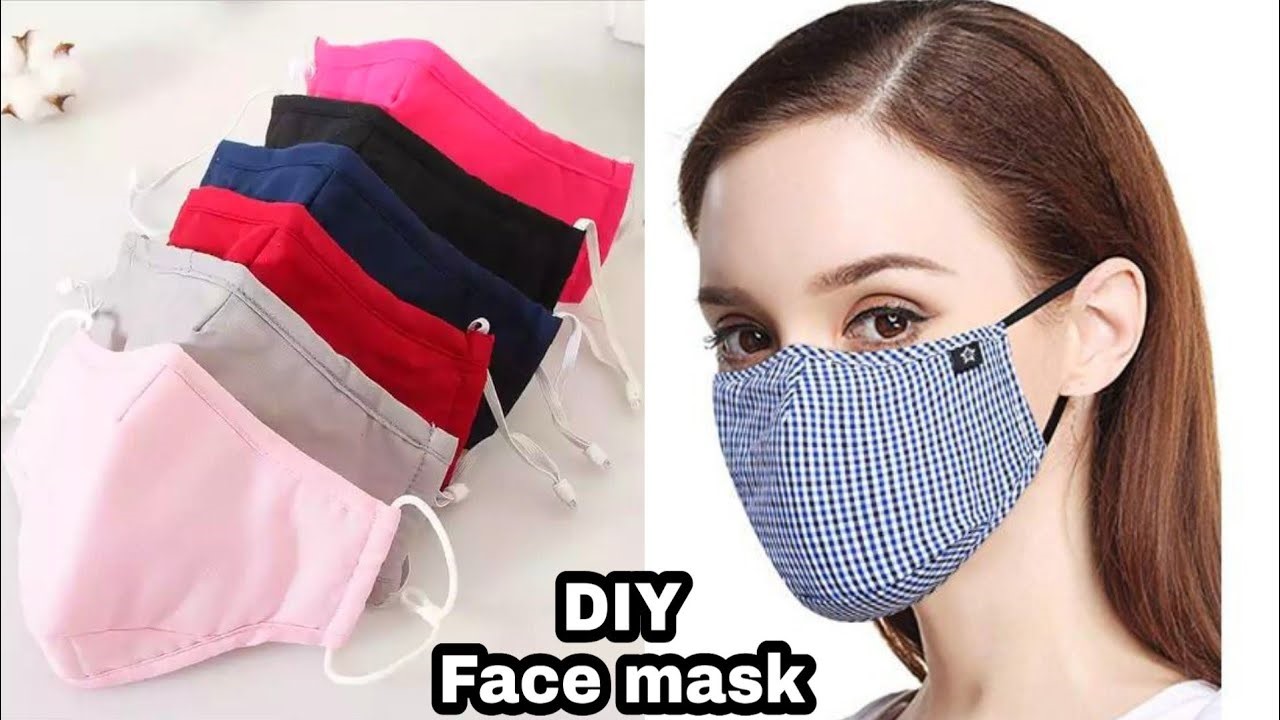 |
Cloth masks should be washed DAILY if the person has heavy congestion/cough. For other uses, the mask should be changed to clean one after a known exposure, like providing medical care for someone with known infection or sick symptoms. While not disposable like the regular medical masks, if someone is using a cloth mask for self-protection, they should keep several so they could change out during the day after being in close contact with someone with sick symptoms. Keep the used ones in a plastic bag until they make it to a washing machine. Wash hands after placing masks in a bag and again after they are transferred to washing machine. Wearers only need to wear a mask during potential contact with others.
N95 masks
N95 masks are “particulate-filtering” which means they filter out very small particles (like viruses). Used by healthcare providers when respiratory secretions will be aerosolized by medical treatments, and by construction workers who do things like sanding work. These masks are tightly fitted to the face to filter out air coming in through the sides.
 | 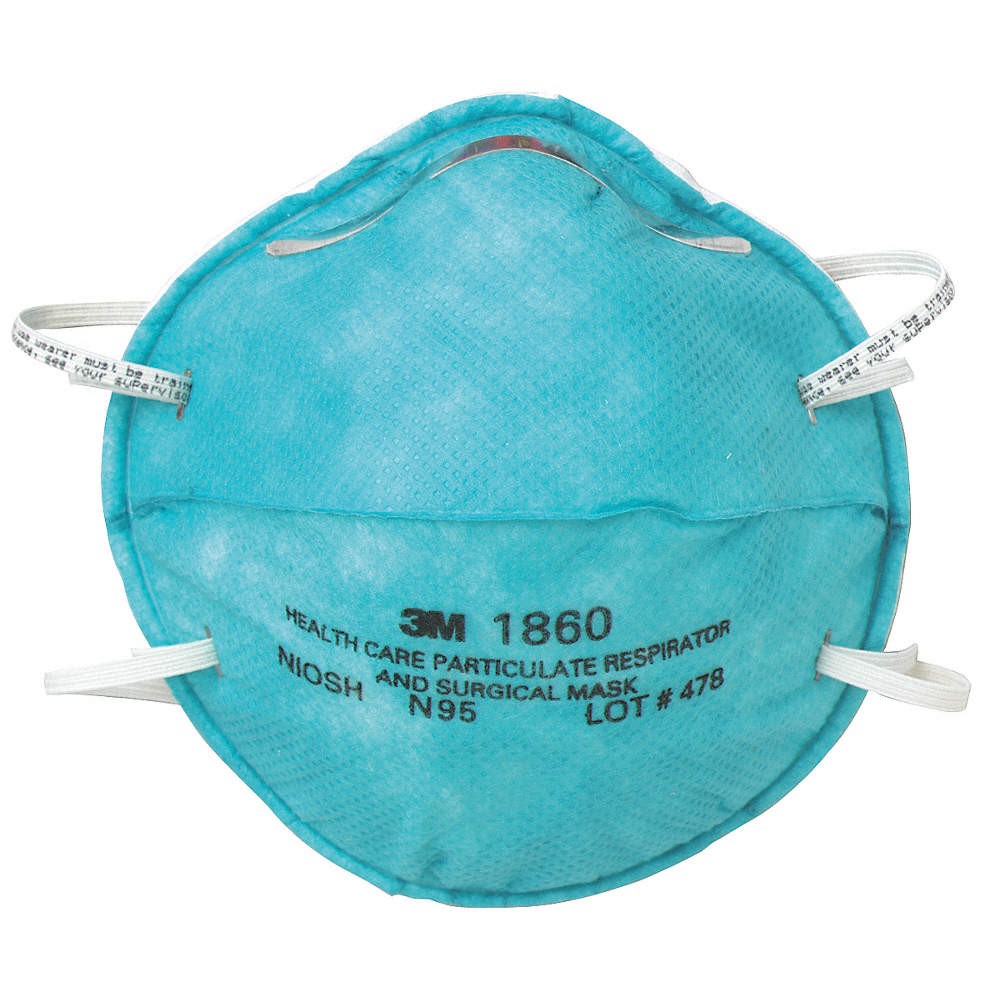 |
Right now, because hospitals and other emergency care facilities are experiencing a shortage of N95 masks, the purchase and use of these masks should be limited to hospitals and only used while caring for patients known to have COVID-19.
For providers in such settings, we recommend purchasing masks made by reputable manufacturers from known suppliers, as many counterfeit N95 masks are hitting the market, even on reseller platforms like Amazon.
See World Health Organization guidance on the use of N95 masks
| Access Date | Quiz Result | Score | Actions |
|---|
